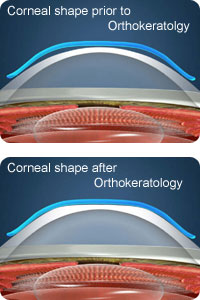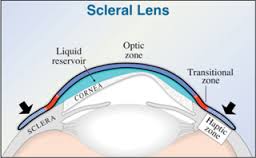This is part 1 of a 4-part series written by Johnson Optometric Associates, specifically focusing on seasonal allergies that affect our patient base in Wake County, North Carolina. This post will zero in on understanding eye conjunctivitis brought on by seasonal allergies.
Spring has arrived in Fuquay-Varina & Garner, NC bringing with it an array of seasonal ocular irritations. The most common allergic conjunctivitisis a reaction by the immune system responding to grass, weed, and tree allergens. Our eyes respond to these irritants by releasing a substance called histamine, which cause a combination of ocular itching, inflammation, watering and redness. The good news is that unlike viral or bacterial conjunctivitis, seasonal allergies are not spread from person to person.
Like all allergies, they are brought on by a glitch in the body’s immune system. The reaction begins when our eyes come into contact with a harmless allergen that is seen as a threat. The immune system responds by causing your eyes to release histamine. Red, itchy, and watery eyes occur – either alone or combined with nasal allergy symptoms.
Here in Wake County, North Carolina, seasonal eye allergies can have a tremendously negative impact on an individual’s quality of life. Allergy season typically coincides with the start of the spring budding season and runs through late summer/early fall.
While certainly bothersome, eye allergies are not a threat to eyesight with the exception of temporary blurriness. Keep in mind – red, itchy, burning, and puffy eyes can also be brought on by infections and other conditions that pose a threat to eyesight. Seasonal allergic sufferers usually endure a combination of ocular itching, inflammation, watering and redness of the eyes. Ocular itching is the most distinguishing feature when seasonal allergic episodes occur.






